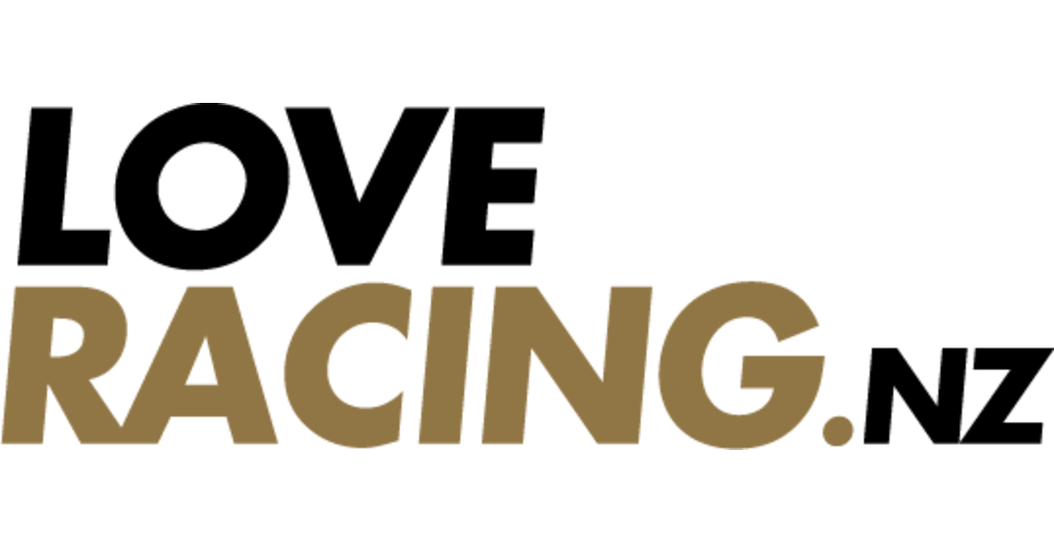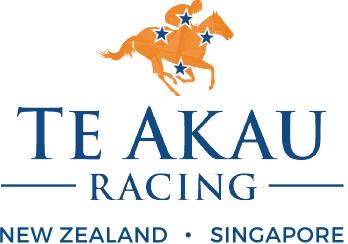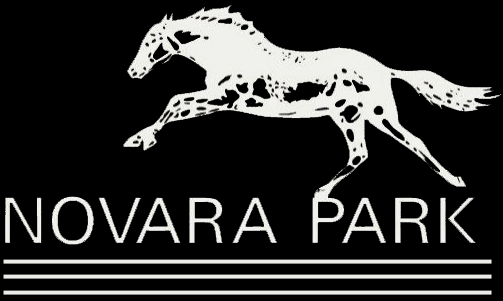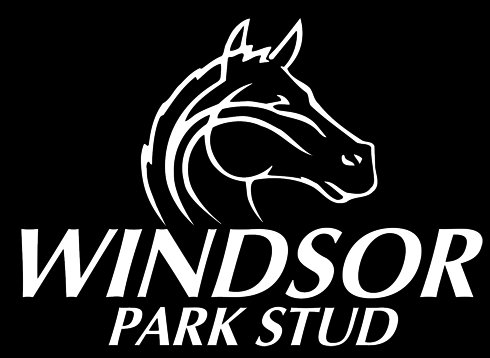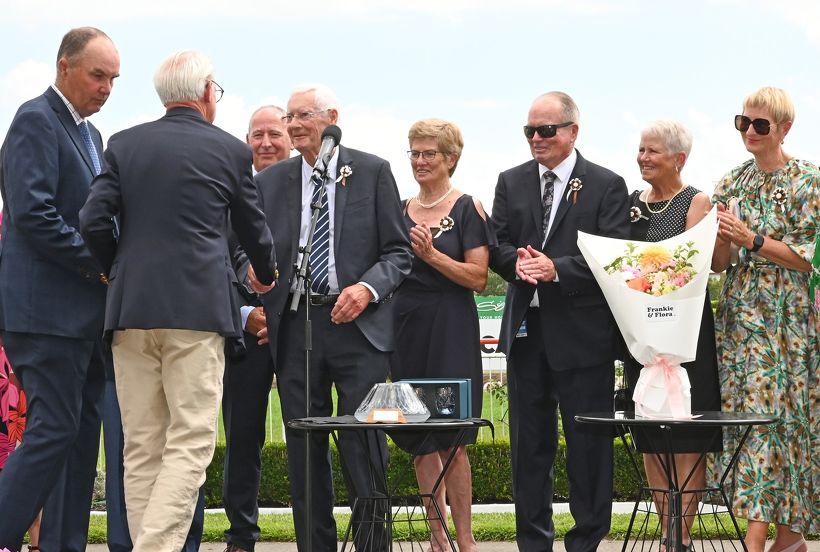 Part-owner Tony Enting accepts Legarto’s Herbie Dyke Stakes trophy from Steven Dyke
Part-owner Tony Enting accepts Legarto’s Herbie Dyke Stakes trophy from Steven DykeTheir obvious class accepted, the other common thread joining Saturday’s Te Rapa feature winners together is that all three are raced by multiple ownership groups.
That underlines the massive and increasingly relevant role that syndicates and similar partnerships now play in racing. Multiple ownership is a concept that has been around for decades, however in more recent years it has grown exponentially – not just in New Zealand but also in Australia and further afield.
Such has been that growth, it’s fair to say that syndication in its various forms has been something of a saviour of racing, enabling people of lesser means to enjoy the thrill that in racing’s earliest years was confined to the wealthy and privileged.
Gone are the days of racing being described solely as the sport of kings – it’s now the sport of all-comers.
What better examples than witnessed at Waikato Thoroughbred Racing’s biggest race meeting of the year, Living Legends Day, when Legarto, Bonny Lass and Molly Bloom stamped their class against a background of former champion gallopers on parade.
Legarto, so impressive in the Gr. 1 Herbie Dyke Stakes as she mastered 2000m first time of asking, is raced by a group of 12 people brought together by the deeds of an older daughter of Proisir, quadruple Group One winner Levante. That mare was purchased cheaply as a weanling by Ancroft Stud principals Phillip and Catherine Brown, who brought close friends Tony and Mary Enting, Mark Tapper and the late Michael Stedman into the partnership.
Off the back of Levante’s success and the growing profile of her sire Proisir, the decision was made to go back to the same well – this time via the 2021 National Yearling Sale – and find another daughter of the Rich Hill stallion. It was no coincidence that the filly that caught the eye at $90,000 was very much in the mould of Levante – a well built but not overly leggy bay – offered by her Bay of Plenty breeder Warwick Jeffries through Highline Thoroughbreds.
Various others had been caught up in Levante’s success and by the time the Proisir-Geordie Girl had been named Legarto, the ownership group had expanded to 12. Ken and Bev Kelso took a share along with Phillip and Catherine Brown, Tony and Mary Enting, their Hamilton neighbours Tony and Trish Kirton, Palmerston North couple Bill Foster and Elizabeth Verheyen and an American couple from upstate New York, Mike and Gail Maloy.
The only member of the entourage absent at Te Rapa on Saturday was Bev Kelso, whose health has meant staying close to home in recent times, while for Tony and Mary Enting, winning Te Rapa’s biggest race was special. Tony was general manager of the Waikato Racing Club for more than three decades, having joined the club in 1979 and stepping back in 2013, while his wife trained horses on the course on a small scale for a number of years during that period.
WRC presidents during Enting’s tenure included Herbie Dyke, a major player in the motor vehicle industry as well as in racing administration both locally and nationally. For Enting, winning the race dedicated to Dyke was yet another special moment amongst the many that ownership of first Levante and now Legarto has brought.
“Mary and I have been so lucky to be involved in not one but two outstanding racehorses – it’s quite incredible when you stop and think about it – and now to win Herbie’s race..” Enting said on Saturday.
Midway through her four-year-old season and now the winner of nine of her 13 starts and $1.8 million, Legarto has the potential to massively grow that tally. Next step is the Gr. 1 Bonecrusher NZ Stakes at Ellerslie on March 9 which on top of its $450,000 stake is the final leg of the inaugural Middle Distance Bonus Series.
Legarto clearly heads the points table for the series on 20.5 points, and with a repeat of her Te Rapa performance she will claim the $500,000 bonus.
“The increase in local stakes and most of all the Bonus Series is a strong reason why we’ve stayed home instead of already heading to Australia,” commented part-owner Phillip Brown.
Australia remains high on Legarto’s agenda, with the A$3 million Australian Cup at Flemington on March 30 already confirmed as her immediate target should she cross the Tasman. Other races well within her scope include the premier 2000m wight-for-age event at the Sydney autumn carnival, the Queen Elizabeth Stakes, while looking further ahead to the spring, the Cox Plate is obvious on her connections’ wish-list.
A trip to Australia was mooted for BCD Group Sprint winner Bonny Lass immediately after she had led throughout and defied the late challenge of hot favourite Crocetti. Those plans have since been revised, with senior co-trainer Graham Richardson confirming earlier this week that the daughter of Super Easy will start next in the Gr. 3 King’s Plate at Ellerslie on March 2.
The Ellerslie track is a special place for Bonny Lass’s breeder Sandy Moore and Brent Cooper, the latter the manager of the Social Racing Starting Gates Syndicate that shares in racing the five-year-old with Moore. Both men were directors of the Auckland Racing Club, and during his time in that role Cooper instigated the Auckland Racing Club Winners’ Circle syndicate model that has since evolved to various groups under the Social Racing banner.
One of the early Winners’ Circle memories has an ironic touch, dating back to the 2009 ARC Soliloquy Stakes won by syndicate filly Masquerade, who beat none other than the Moore-owned Posh Bec, who subsequently became the dam of Bonny Lass.
Of course that result had no impact on their relationship, and four years ago Moore generously offered a share in Bonny Lass for a Social Racing syndicate. Cooper’s model has proven to be an excellent entry point for racing enthusiasts wishing to join ownership ranks, but it goes beyond that in the way that many “one percenters” and others seeking an ownership experience at minimal cost have remained loyal to Cooper.
Social Racing Syndicate horses are spread across a number of stables, and earlier on the Te Rapa programme the Stephen Marsh-trained Provence, who is raced in partnership with her breeder Tony Ryder, took her record to two wins from five starts.
Molly Bloom, one of the very best members of another high quality three-year-old crop, was syndicated across a wide range of participants after Wexford Stables selected the Ace High filly for $150,000 at the 2022 National Yearling Sale. Prominent among that group are a large number of millennials, representing that demographic identified – and now being captured – as the future of racing.
With four wins from eight starts and stakes of more than $560,000, Molly Bloom has already given her enthusiastic owners a fantastic experience, but a deal signed last week opens up even greater possibilities. Taking a line through recent values for high quality race fillies, it can be assumed that Molly Bloom’s value was well into seven-figure territory when a 50 per cent share was sold to high-profile Victorian Ozzie Kheir.
Every member of the original ownership group sold down half of their share, which in itself would have been a windfall beyond her actual stake-earnings. It’s expected that Molly Bloom has had her final race in New Zealand, but that opens up a huge range of possibilities across the Tasman, whether that entails what remains of her three-year-old season under the care of trainers Lance O’Sullivan and Andrew Scott, or beyond to her eventual transfer to an as yet unidentified Australian stable.
The words ‘world’ and ‘oyster’ spring readily to mind when contemplating what’s on offer to any top-flight racehorse competing in the increasingly high stakes environment of Australasian racing. Little wonder then, when you witness the likes of Te Rapa’s trio of big winners, along with many others such as champion sprinter Imperatriz, that group ownership is racing’s modern way.



